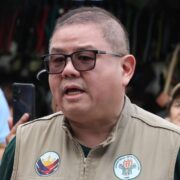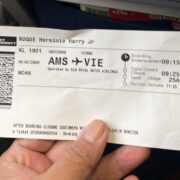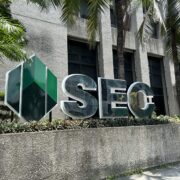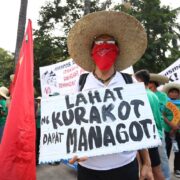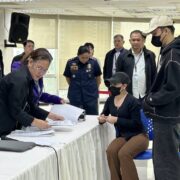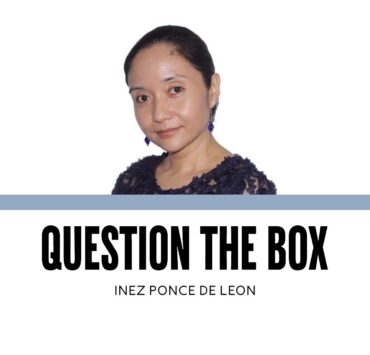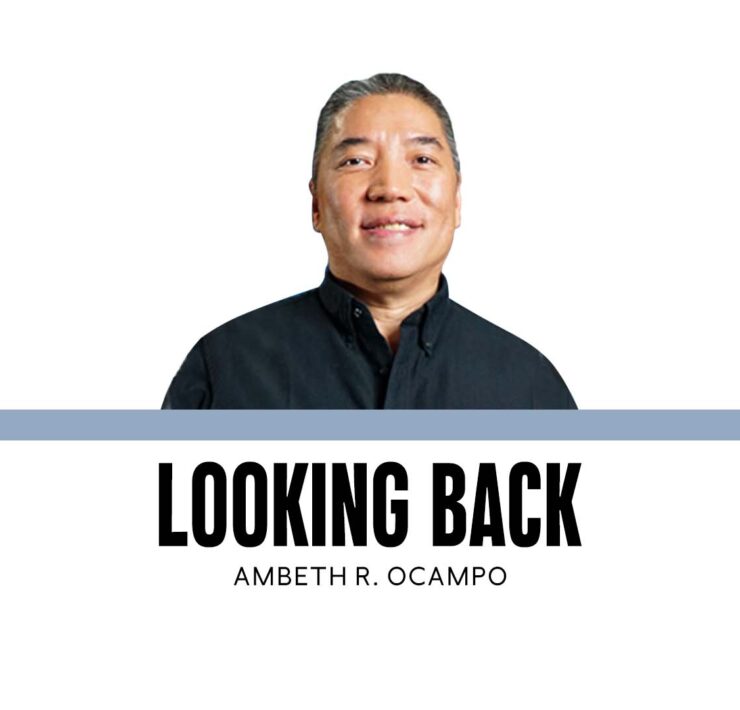The Philippines in Macao
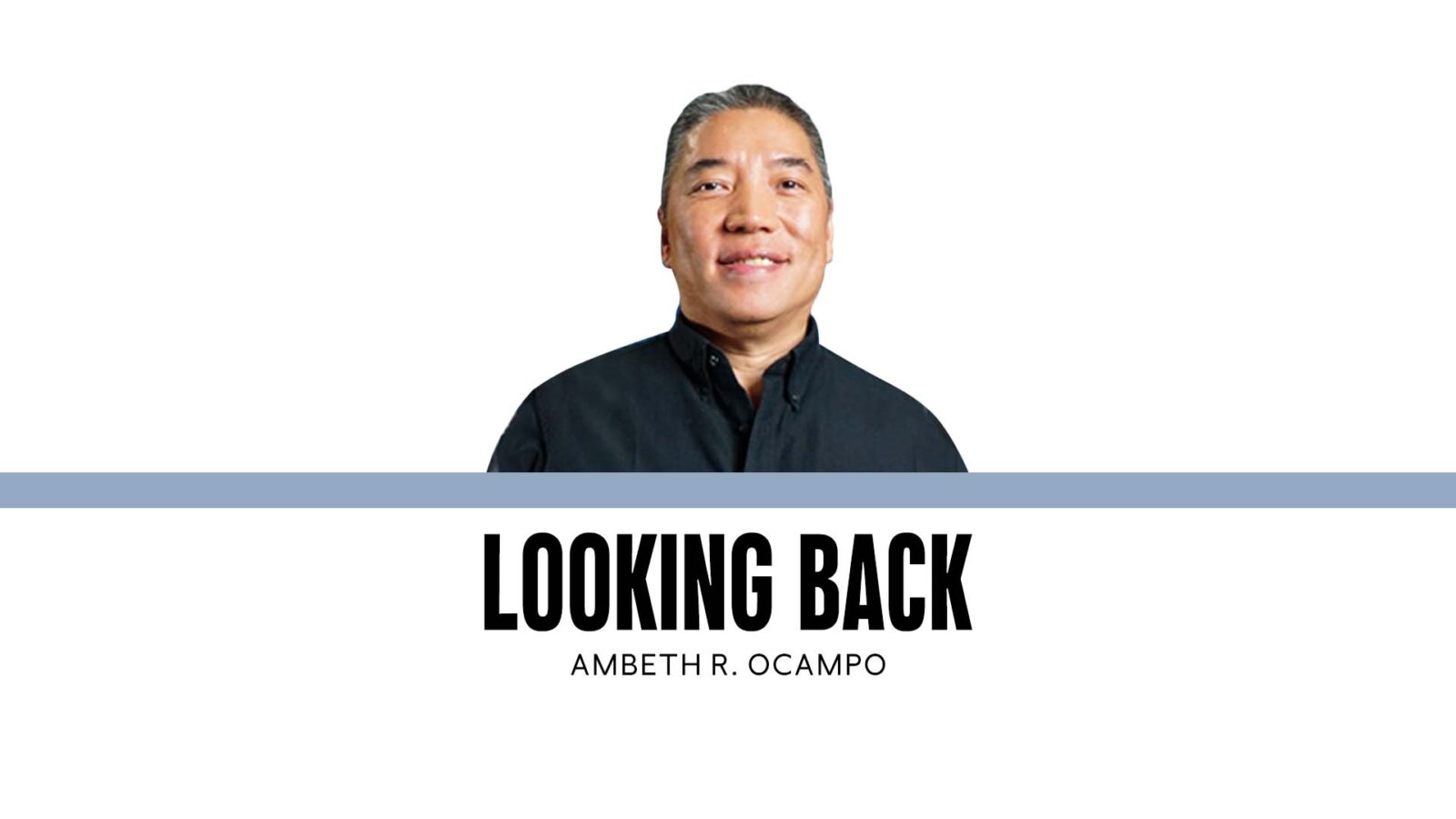
All I remember from a childhood trip to Macao are boredom and recollections of church ruins on a hill. I would not have revisited Macao if not for the invitation of Philippine Consul General Edna May Lazaro, who organized a lecture at the University of Saint Joseph and visits to the former Portuguese colony’s Unesco heritage sites. Walking on the mosaic-style streets reminded me of the iconic calçada portuguesa of Lisbon, made of small handlaid stones of black basalt and white limestone. Macao was a revelation, a city with shady parks and old buildings that exuded a European vibe I did not remember from my childhood visit.
Revisiting the ruins of the 17th-century Church of St. Paul was an eye-opener. On the Western-style church facade were distinct Asian elements made by Japanese artisans under European Jesuit instruction. Carved into the hard granite are Chinese characters, guardian Fu dogs, chrysanthemum flowers, auspicious cloud scrolls, a Portuguese trading ship, even a depiction of the Virgin Mary trampling a Chinese dragon rather than a serpent at her feet. Below the ruins is a small museum of Catholic religious imagery that allowed me to contrast ivory and wood images of Indo-Portuguese manufacture with those of Hispano-Philippine craftsmanship.
One of the old paintings in this museum depicted the 26 Christians martyred in Nagasaki in 1597. The leader of the group was the Franciscan Pedro Bautista, who had served in the Philippines. He is best known for identifying the healing properties of the Laguna hot springs we know today as Los Baños (The Baths). Not many know that the cave where the saint meditated is located in San Francisco del Monte in Quezon City. When the martyrs were canonized, top billing was given to Paul Miki, the first Japanese saint. In the Catholic calendar, the feast is known as “Paul Miki and companions,” with poor Pedro Bautista relegated to the dustbin of history. Also in this group of Christians crucified and impaled is Felipe de Jesus, the first Mexican saint and patron saint of Mexico City. Lorenzo Ruiz, the first Filipino saint, was martyred in Nagasaki in 1637. Falsely accused of a crime in Manila, Ruiz joined the Dominicans, hoping for a new life in Portuguese Macao, but unknown to him, the Dominicans were headed to Japan. The group was arrested upon arrival, they were tortured, killed, and the rest is history.
Another early historical connection between the Philippines and Macao is Martha de San Bernardo of Pampanga. She was a “ladina” or Spanish-speaking native who entered the Real Monasterio de Santa Clara de Manila but was not allowed to take her vows because the monastery was established for Spanish women. She took her religious vows in Macao in 1634 and is now recorded as the first Filipina nun. The cause for her sainthood has been proposed. Both Portuguese Macao and Spanish Manila were targets of Dutch invasions in the 17th century, so there is a lot of shared history that remains to be explored. In the Macao History Museum, I saw other footnotes to this shared history. What Pinoys know as “posporo” are “cerillas” in Spanish. Fosforo is the Mexican and Latin American term for matches, the same in Portuguese, too. In the section on various Macao industries over time, I was drawn to a display of locally made match labels. When I looked closely, I spotted them. The History Museum displays locally made match labels. When I looked closely at those from the Fabrica Cheong Ming (established in 1923), there were two brand names in English: “Cannon” and “Lighthouse,” which were exported to prewar Manila under the Far Eastern Commercial Company.
Jose Rizal is also a historical connection, even if he was only in Macao for two days in February 1888. His visit was a side trip during a long voyage of four months from Manila to London. Transatlantic travel was long and complicated in Rizal’s time. Looking at his itinerary made me grateful for air travel today, even if it involves tedious security checks and long layovers in various airports. Rizal left Manila on the steamer Zafiro on Feb. 3, 1888. He arrived in Hong Kong five days later on Feb. 8, 1888. After a two-week layover, he set sail from Hong Kong on Feb. 22, 1888, and arrived in Yokohama on Feb. 28, 1888. After another two-week layover, he set off from Yokohama on April 13, 1888, and arrived in San Francisco on April 28, 1888, where he was quarantined on board the ship for a week! When finally allowed to disembark on May 4, his impression of the United States was irreparably soured. After two days of sightseeing, he took a steamer from San Francisco to Oakland and began a trip by train passing by Sacramento, Reno, Ogden, Utah, Denver, Farmington, Salt Lake City, and passing by Colorado and Nebraska to Chicago. After a short visit to see Niagara Falls, he arrived in New York on May 13, 1888. After three days in New York, he took the “City of Rome” for Liverpool, arriving nine days later on May 24.
So much history waiting to be uncovered.
—————-
Comments are welcome at ambeth.ocampo@inquirer.net
Ambeth is a Public Historian whose research covers 19th century Philippines: its art, culture, and the people who figure in the birth of the nation. Professor and former Chair, Department of History, Ateneo de Manila University, he writes a widely-read editorial page column for the Philippine Daily Inquirer, and has published over 30 books—the most recent being: Martial Law: Looking Back 15 (Anvil, 2021) and Yaman: History and Heritage in Philippine Money (Bangko Sentral ng Pilipinas, 2021).


